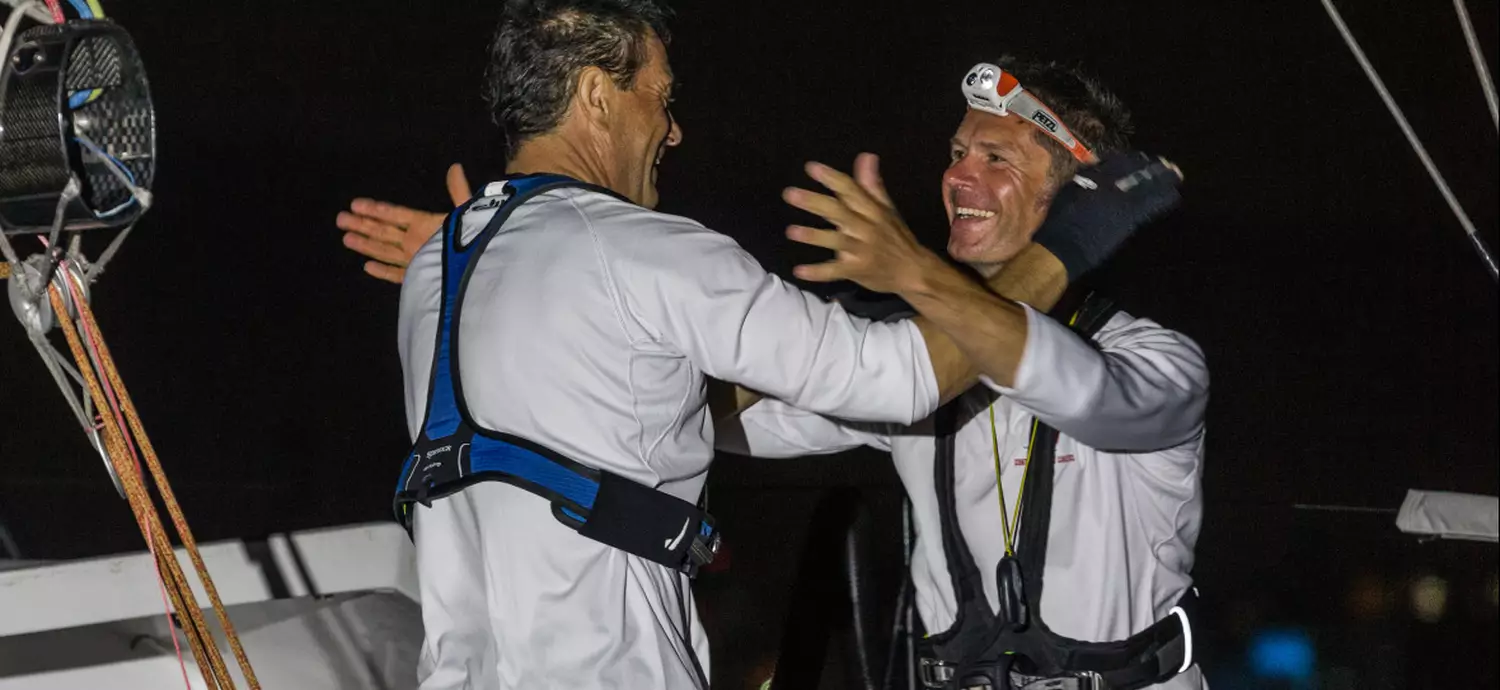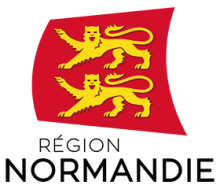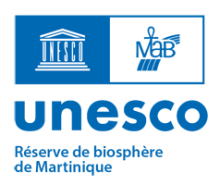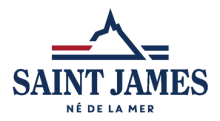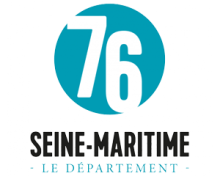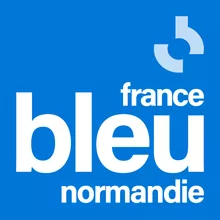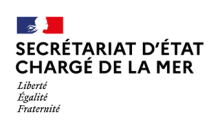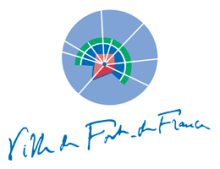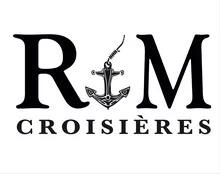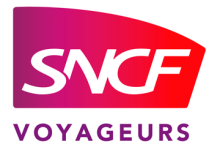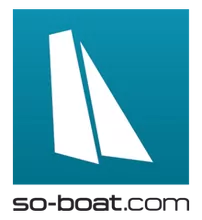Those who will set off from Le Havre on October 29 will know the Transat Jacques Vabre Normandy Le Havre through personal experience or from its reputation. Sailors are all too aware how harsh and unforgiving a race it is, there are of course the vagaries of the Atlantic ocean in autumn, the depressions, sometimes even calms, long nights with no sleep and the mounting fatigue which gnaws away. They know how precious it is to be a duo, even if it is only making bleary, red-eye contact changing watches, talking to keep cool heads and not get caught up in too many big emotions. But at the same time they all remember the legacy and the rich history of the race, built up over thirty years which have left their mark.
In the name of “Paulo”
For the men and women who go on the ocean no story goes unheeded, there is no denying or ignoring the past dramas which have happened over 30 years and how they inform and influence the sailors, race after race. One memory has marked generations of skippers: the disappearance of Paul Vatine. October 21, 1999 off the Azores. Marc Guillemot and Jean-Luc Nélias divert to rescue Groupe André, the boat of “Paulo” and Jean Maurel. The scene is almost apocalyptic with huge swell, 50 knot gusts, a raging sea and endless efforts to try and rescue them, endless cries, and desperate searching.
Maurel survives. “Paulo” is nowhere to be found. Ocean racing loses one of its stars, double winner of the Transat Jacques Vabre, a sailor with a huge track record. But sailors lose much more, they miss his look, a unique personality, a certain idea of existence, of personal application and effort, of going above and beyond oneself.
His press officer, Denis van den Brink, writes: “Paul was romantic romantic. He was an intellectual smart guy who sought meaning in everything, he was in a quest for absolutes and truth.”
Vatine had confided to L'Humanité (French daily newspaper), a few days earlier, that he was "always afraid of capsizing", recalling that "crossing the Atlantic remains something which is eminently difficult". True to these words there was harsh reality of the conditions, needing to accept the force and harshness of the elements and not try to fight them.
Over the years there have been many storms that really shook up the competitors in the Transat Jacques Vabre, big, successive depressions often sweeping the fleet. Sometimes the start is delayed (2003, 2011), sometimes a depression crashes in from the Atlantic (2009), or they follow one another from the start (three in 2011), sometimes they took shelter in the bay of Morlaix (2013).
The skippers are out there battling on front line and there are often breakages. Bernard Stamm and Christophe Lebas were hit by a wave and injured (cracked chest for Stamm) in 2003. Two years later, ten duos were forced to abandon the race in the Bay of Biscay. Groupama 2 capsized near the Canaries and Franck Proffit was seriously injured in the ribs and had to be was airlifted off urgently. Yves Le Blevec suffered a dislocated thumb in 2009 when the boat he was sailing with Jean Le Cam overturned. Lalou Roucayrol and Mayeul Riffet had to demonstrate incredible patience in 2013. They spent 80 hours in the 4 m² space inside their overturned trimaran 200 miles from the Portuguese coast.
Mostly it is about dealing with, living through the moments and working towards better times, better days. And when this happens, competing hard all the time, racing towards this land of coffee, there is an almost indescribable happiness rewards the tenacity and durability. The shorts are broken out, the foul weather and fleeces packed away and the sun cream and sunglasses come out The final section is in tradewinds and in summer temperatures.
The Cam-Riou friendship and the “perfect race”
Crossing the line is a release of emotions in itself, whatever the finishing position and the final destination, be it Cartagena to Fort-de-France, from Salvador-de-Bahia or Itajaí to Puerto Limon. These images of joy, or relief, the hugs and kisses, arms raised to the sky, flares lit, an infectious happiness. Some are more used to it than others: Paul Vatine, celebrated during the first start = at home in Le Havre, was a winner twice, Jean-Pierre Dick and Franck Cammas, each winners four times. Alongside them, everyone writes beautiful stories of friendship and cameraderie. There are the best known – Éric Tabarly and Yves Parlier (1997), Vincent Riou and Jean Le Cam (2013), Franck Cammas and Steve Ravussin (2001, 2007) – but many others.
Human relationships, partnerships are stress tested to the limit over these two weeks or so scrapping in the heart of the Atlantic. Some family members have gone together, the Bourgnon brothers race in 1997, the Escoffier father and son who won the Multi50 in 2005, Anne Caseneuve who set off with her companion Philippe Houdet (2005) then their daughter Djamina (2007)... Miranda Merron and Halvard Mabire, partners on land and at sea, also tried their luck together in 2019. For the others, sharing a fortnight at sea helped to strengthen bonds and often to create stories of respect, recognition and friendship that withstand everything else.
For others, sharing a fortnight at sea helped to strengthen bonds, start stories or strengthen them a little more. Among these, there is Vincent Riou and Jean Le Cam. Riou rescued Le Cam off Cape Horn during the Vendée Globe. The two joined forces in 2013, battled against the Gabart-Desjoyeaux duo and managed to win in Itajaí. “We were competitors and we ended up winning a race together,” smiles Vincent Riou. “That’s not far from the perfect story.”
And there are so many stories of passion, respect and friendship over thirty years of Transat Jacques Vabre.






